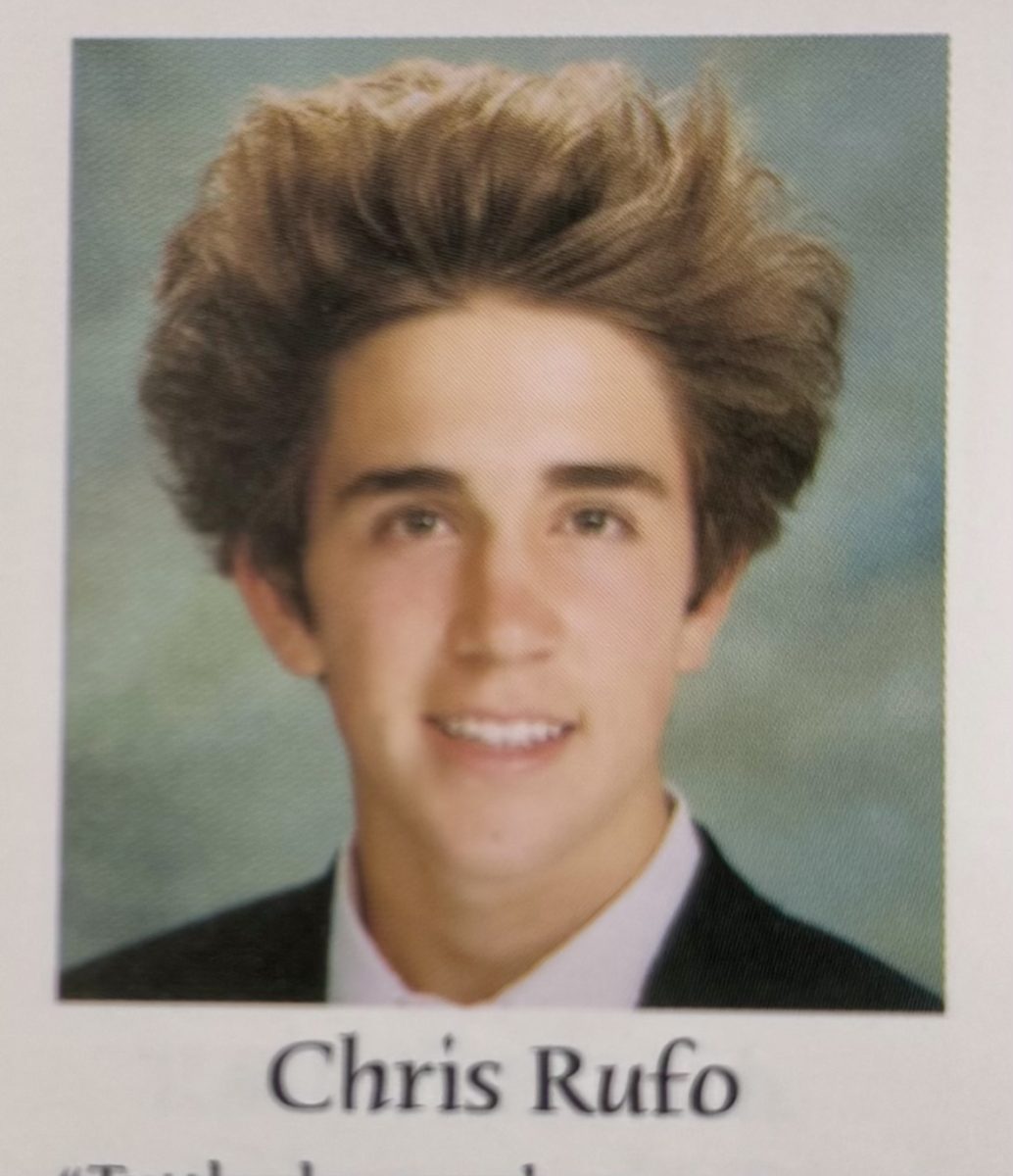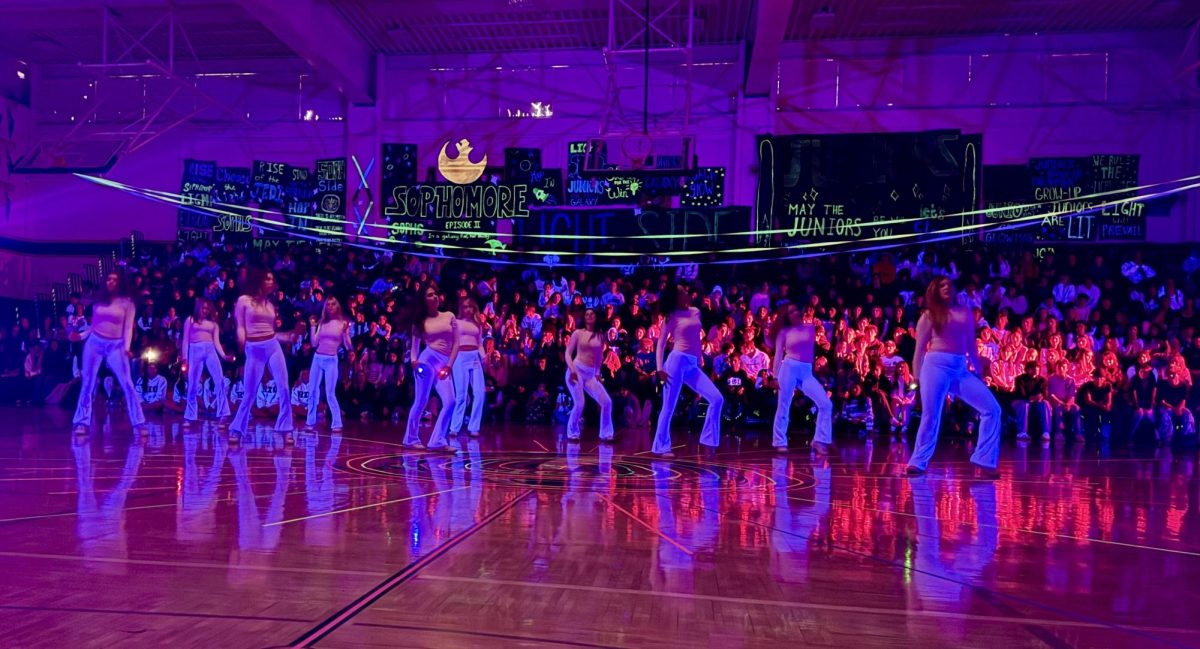Vaping Trends Target Teens
Teen vaping has become an epidemic according to Scott Gottlieb, Commissioner of the Food and Drug Association (FDA). More teenagers are turning toward e-cigarettes for their variety of flavors and claims of being more safe than traditional cigarettes.
Many e-cigarette companies target younger age groups, though illegal and depend on the age group for their business. The marketing of fun flavors may be the reason many teenagers start to vape, but it is not always why they continue to do it.
“I mainly vape to take the edge of everything,” said an anonymous student, “School and life in general can be stressful.”
The FDA assumes responsibility and is taking action in response to the rise in teenage drug use. They gave e-cigarette companies Juul, Vuse, MarkTen XL, Blu and Logic 60 days, (until mid-Nov.) to propose comprehensive plans to stop teen vaping.
Vaping has become a part of daily conversations and while teens have the opportunity to make the right decision, companies have illegally targeted this age group, making it much easier for drugs to be embedded into teenage culture.
Sophomore Anika Rogaski said, “Rio is just like many other schools across the nation who have fallen victim to this epidemic, and I do believe this has a negative effect on the way we interact with each other, not to mention the pressure one feels to vape in order to fit in.”
Many teens develop a habit of vaping and addiction to nicotine because of peer pressure. As adolescents, high schoolers are more prone to try something without considering the consequences.
Many e-cigarettes used for vaping are small and easy to hide. Because of this they are everywhere at school: hallways, bathrooms and even classrooms.
“It has become a problem. It’s not only a problem here but its a problem at other schools,” said Principal Brian Ginter.
Within the past month there has been two scenarios where the fire alarms went off due to students smoking in the bathrooms. Administration can track exactly what fire alarm went off and security cameras are outside each bathroom. This allows the staff to act fast once the event has occurred.
The fire department came for both incidents this year, and after using up a few false alarms these unnecessary trips could cost the school $500 each time.
While kids may be excited to get out of another lecture, these incidents are harmful to the school’s community.
Rogaski said, “Although I personally don’t know many people who vape or who discuss vaping with me, I believe it can have a detrimental effect on a school environment.”
As e-cigarette businesses target kids, this kind of community could increasingly cultivate at schools. The FDA decided to start enforcing strict regulations on companies in order to prevent this.
Ginter’s view on solving the problem was focused on awareness. “It’s a matter of educating people about what’s harmful, what’s not harmful, and what the nuisances around these topics can cause a lot of people,” said Ginter.
The FDA has tried to educate kids ranging from ages 12-17 since 2014, but the amount of kids using e-cigarettes increased. In addition to making companies change, the FDA took matters into their own hands.
Places including 7-Eleven, Circle K and over 1,000 similar stores were sent warning letters for selling illegal substances to teenagers. The FDA hopes their actions are enough to stop the growing trend of teen vaping.
“It’s disheartening to see how ignorant my classmates can be about the effects of vaping has been proven to have on the health of teens,” said Rogaski.
Many schools and parents are trying to take action as well. The California Tobacco Grant Program supplies schools with money to provide the community with information about tobacco and the use of it.
“The PTSA puts on programs for parents and students. Sometimes our Civitas students will do that as well,” said Ginter.
Raising awareness is key in facing the “epidemic” of teen vaping. The problem is also battled by the school and its resources to catch kids, including fine particulate detectors which are more sensitive than smoke detectors.
Ginter said, “It becomes annoying a little bit, but we’re able to figure out who it is pretty quickly and hopefully getting that message out people understand that we’ll figure out who it is and they won’t do that.”






































Eamon Lopez-Martin • Nov 13, 2018 at 2:47 PM
Really good article. Really informative, and keeps it close to the school.